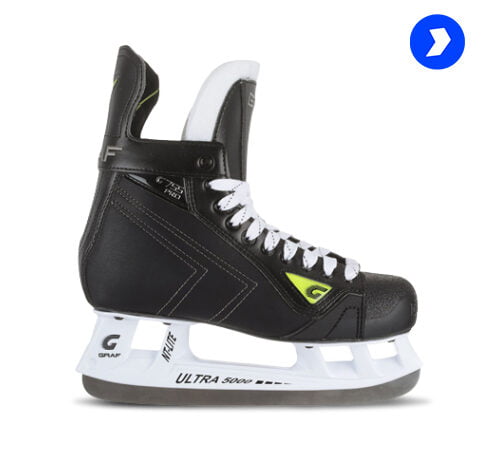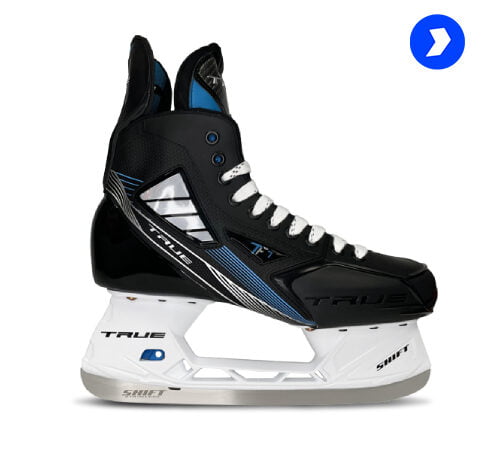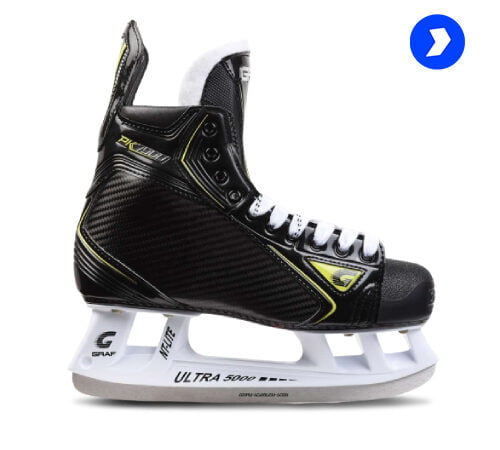Contracts: What Is A Bridge Deal In Ice Hockey?
Entry-level contracts last a maximum of three years, after which a player becomes a restricted free agent. But what types of contracts and deals are open to players when they become RFAs? This article will look at bridge deals—a deal or contract open to restricted free agents before they become unrestricted free agents.
What Is A Bridge Deal Contract?
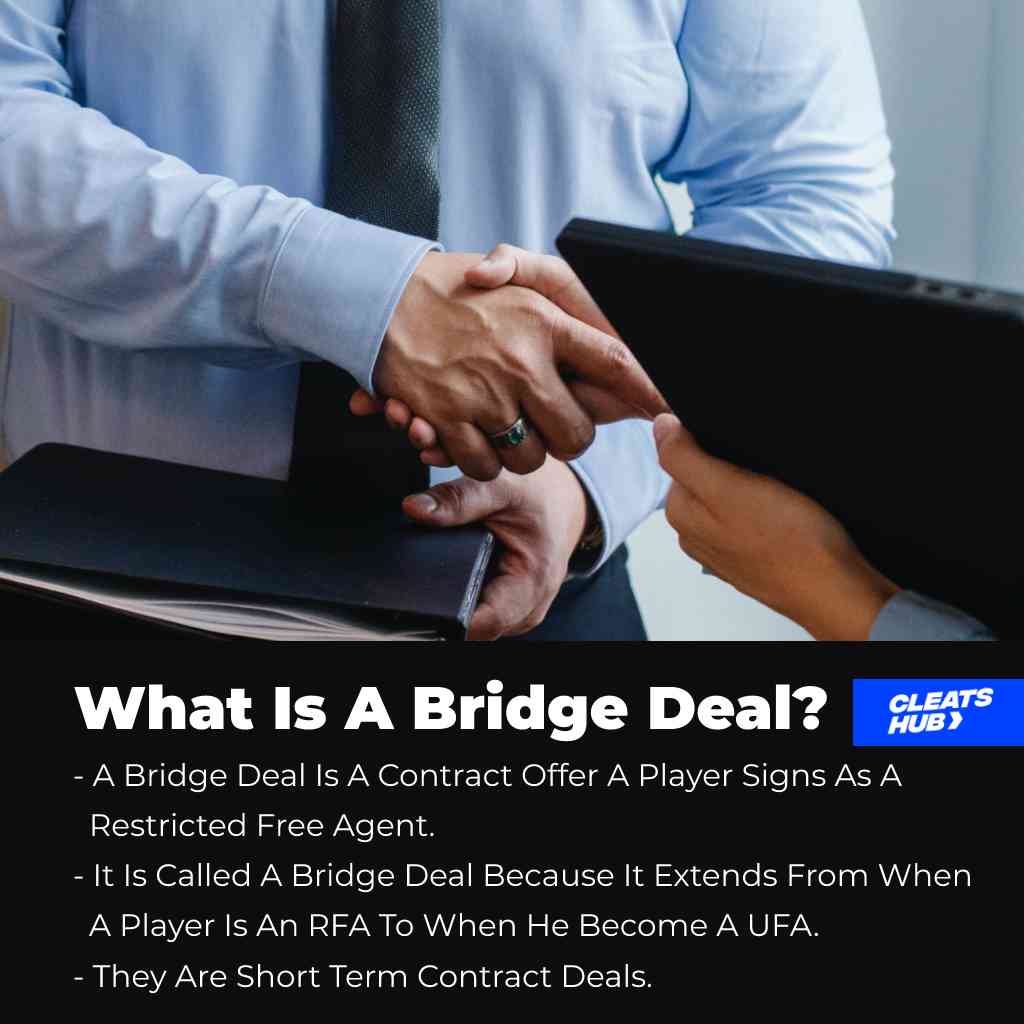
A bridge deal or bridge contract is a contract agreement a player signs with the ice hockey team that owns his rights while he is a restricted free agent. It is a contract between the period after a player completes his Entry-Level Contract (ELC) and ends while they are still a restricted free agent.
Bridge deals cover the period of time between a player’s status as a restricted free agent (RFA) and his status as an unrestricted free agent, which is why they are called a bridge.
These contracts are usually short-term and usually have a time frame of less than four years. Bridge agreements do not, however, extend to a player’s status as an unrestricted free agent and always expire while he is a restricted free agent.
Bridge deals usually have a minimum of a year and can last up to four years (in very rare instances).
ELC To Restricted Free Agent
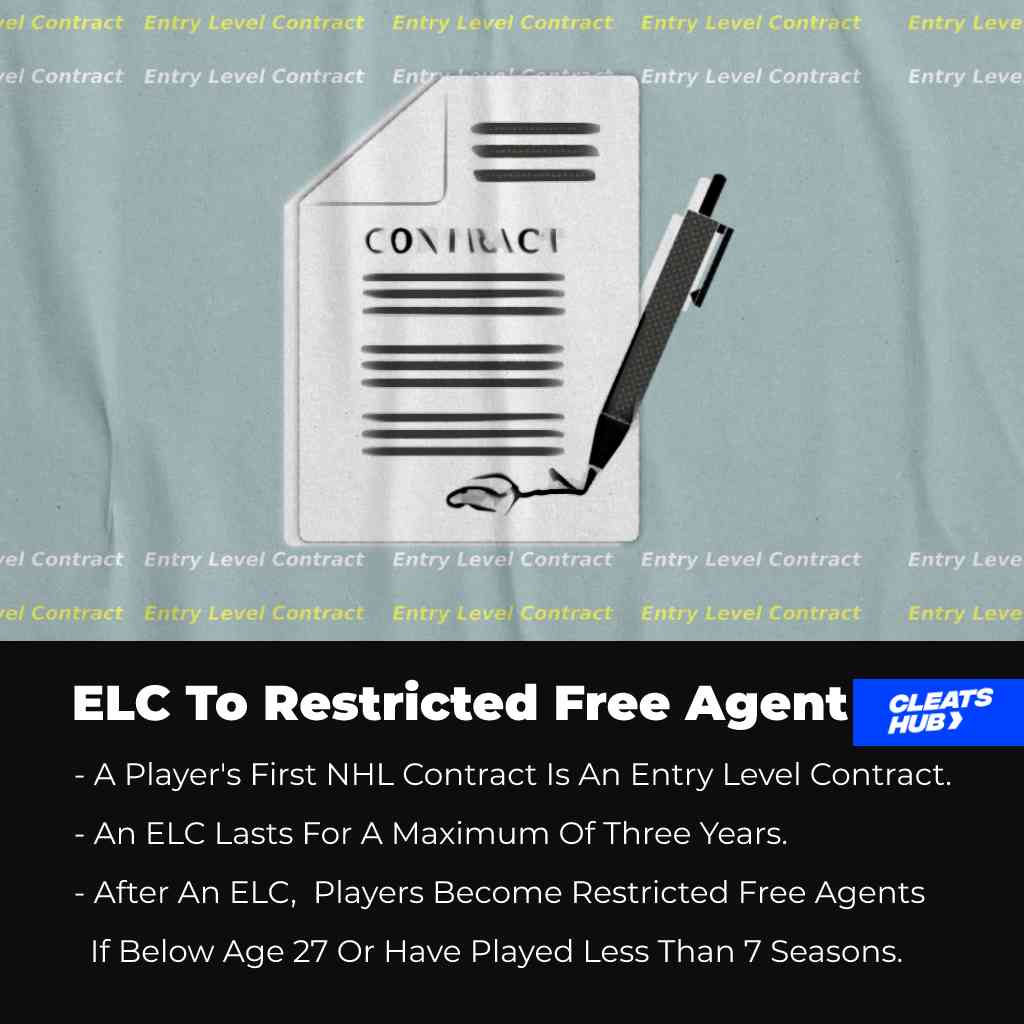
Entry-level contracts are required for a player’s first NHL deal (ELC). For athletes between the ages of 18 and 20, an entry-level contract can last a maximum of three years.
The age of players when they sign their first NHL deal affects how long entry-level contracts are. However, after turning 25, a player loses his eligibility to sign an ECL and immediately becomes a restricted free agent (RFA).
He continues as an RFA until he meets the requirement for an unrestricted free agent.
For instance, if a player is selected at the age of 18 and signs his first entry-level deal at that age, by the time he is 21, his contract will be almost up.
Because he lacks the required number of years of experience or age to be an unrestricted free agent, once his ELC contract expires, he becomes a restricted free agent.
The team that offered the player his entry-level contract owns the rights to the player as a restricted free agent. It is in this situation that bridge deals come into play.
Bridge Contract As A Restricted Free Agent
As a restricted free agent, a player cannot move to the rank of an unrestricted free agent until:
- The player must be 27 years or older as of September 15
- The player must have played in the NHL for seven seasons.
A player who is an RFA and has around four years before becoming unrestricted if he completes his ELC at age 21 (i.e. having 7 seasons of experience). In his current position, he can sign offer sheets from other clubs and switch teams if the offer sheet is not matched by his current team.
We will be talking more about offer sheets as we move on.
Possible Contract Offers After An Entry Level Contract
After the end of an entry-level contract, a team can offer the following contract offers to a player.
- A one-year contract deal
- A multi-year annual contract that is less than four years
- A 4-year contract deal
- Multi-year contract deal that exceeds four years
The three contract deals that fall under bridge deals in ice hockey are one-year, less than four years, and four-year contract deals. This is because deals above four years transition into a period when a player becomes an unrestricted free agent.
Considerations When Making A Bridge Deal
Bridge deals are not just made; there are considerations made by an ice hockey team and the player before signing a bridge deal. Their consideration ranges from the effect on the team’s salary cap to the skill prospect of the player.
Here are the considerations made from a player’s and team management’s eyes.
Team Management
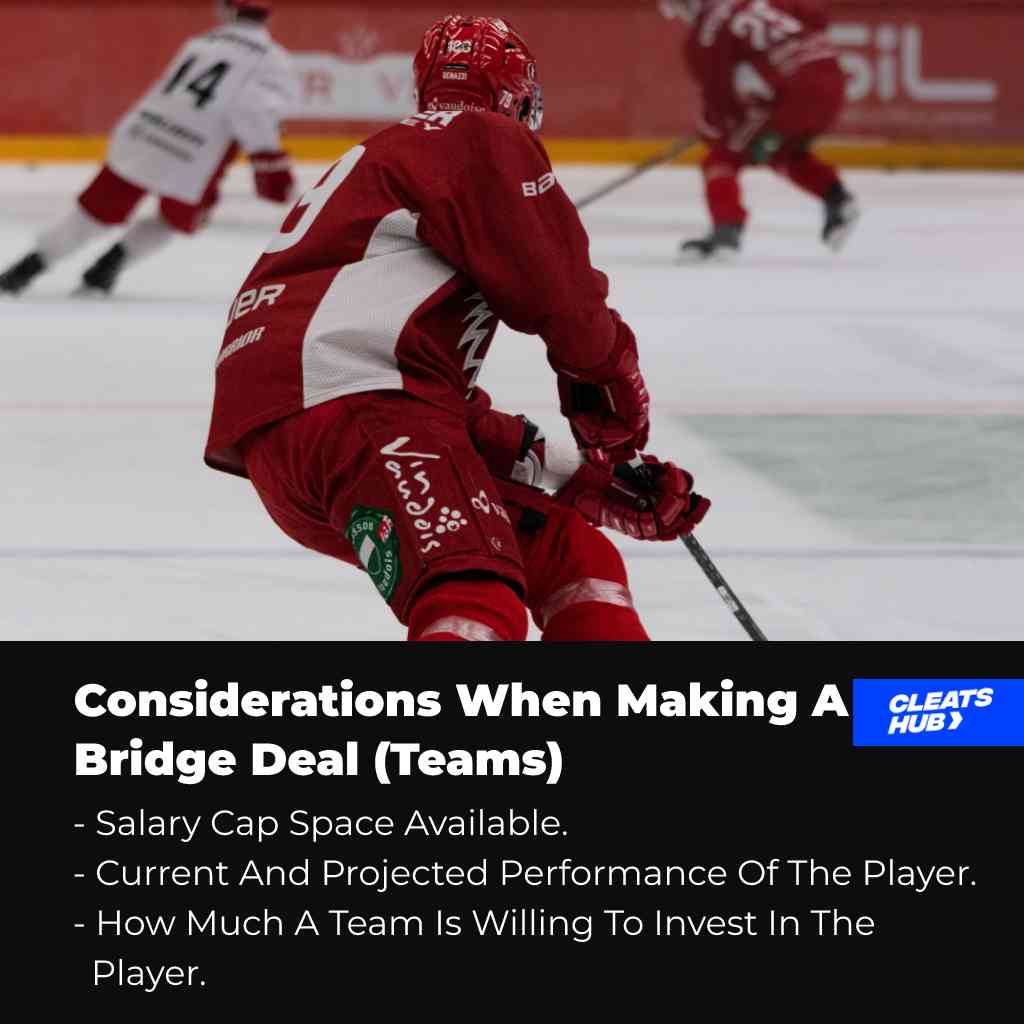
When giving a player a bridge deal, a team’s management must take a number of factors into account. The influence on the team and its salary cap over the long term as well as whether a player is valuable enough to acquire such a deal are assessed by these criteria.
The salary cap’s magnitude is typically the first consideration. The salary cap of a team must be analyzed to see if it is sufficient to cover the bridge contract of an additional player. As cap limits set a restriction on what a club may spend on player salaries, a team would prefer not to spend all of its remaining cap space on a player.
Teams must then assess and forecast the player’s performance level and potential for growth. The administration (coach) will need to think about:
- The current playing level of a player
- How well a player has developed over the years
- How much development can the player have over the period?
- Possibilities of an increase or decrease in player’s output, among other things
This aids a team in deciding whether or not to stake a lot of money on a player and their impact on the team. The amount of investment a team is willing to make in a player must also be decided.
Do they want to sign a four-year contract, a less-than-four-year deal, or a one-year bridging agreement? Alternatively, are they prepared to sign the player to a long-term contract (5-8 years)?
They all depend on a player’s worth and expected future growth.
Players
The factors that affect players are quite diverse.
A player must first choose which type of contract suits him, between a short-term (1-3 year) deal and a long-term lock-up guaranteed contract. A player must wager on himself improving if he chooses a short-term bridge contract.
This is because a player may not be able to negotiate for larger contracts if his play quality suddenly declines or does not provide the desired outcomes. And if he is not a UFA at the conclusion of that bridge deal, his team might not offer him another contract.
Players should think about whether they want to stay with their present team in the future. Players who are UFAs who desire to join another club are more likely to sign brief bridge contracts.
Why Make A Bridge Deal In Ice Hockey?
Bridge deals are beneficial to players and teams in different ways. The opportunities open to the team after making a bridge deal differ from those of players. Here are the reasons why bridge deals are used by both teams and players.
Benefit For Players
Although accepting a contract as an unrestricted free agent allows for more space for negotiation than signing one as an RFA, athletes frequently choose bridge deals over long-term agreements when negotiating their contract offer following the expiration of their ELC.
The fact that players get less compensation under bridge agreements than they would as unrestricted free agents is a crucial aspect of these agreements. As a result, the player can negotiate a bridge deal rather than accepting a team’s offer of a 5-8-year contract while they are an RFA.
Therefore players search for a 1-3 year contract that will end while they are still restricted free agents. This just means they are placing a wager on their own ability to improve, giving them more control over the contract’s value once they are released from restrictions.
Until they qualify as a UFA, a player may also sign numerous short-term bridge contracts. To maximize their earning potential when they become unrestricted free agents, athletes seek bridge agreements during their RFA years.
Benefit For Teams
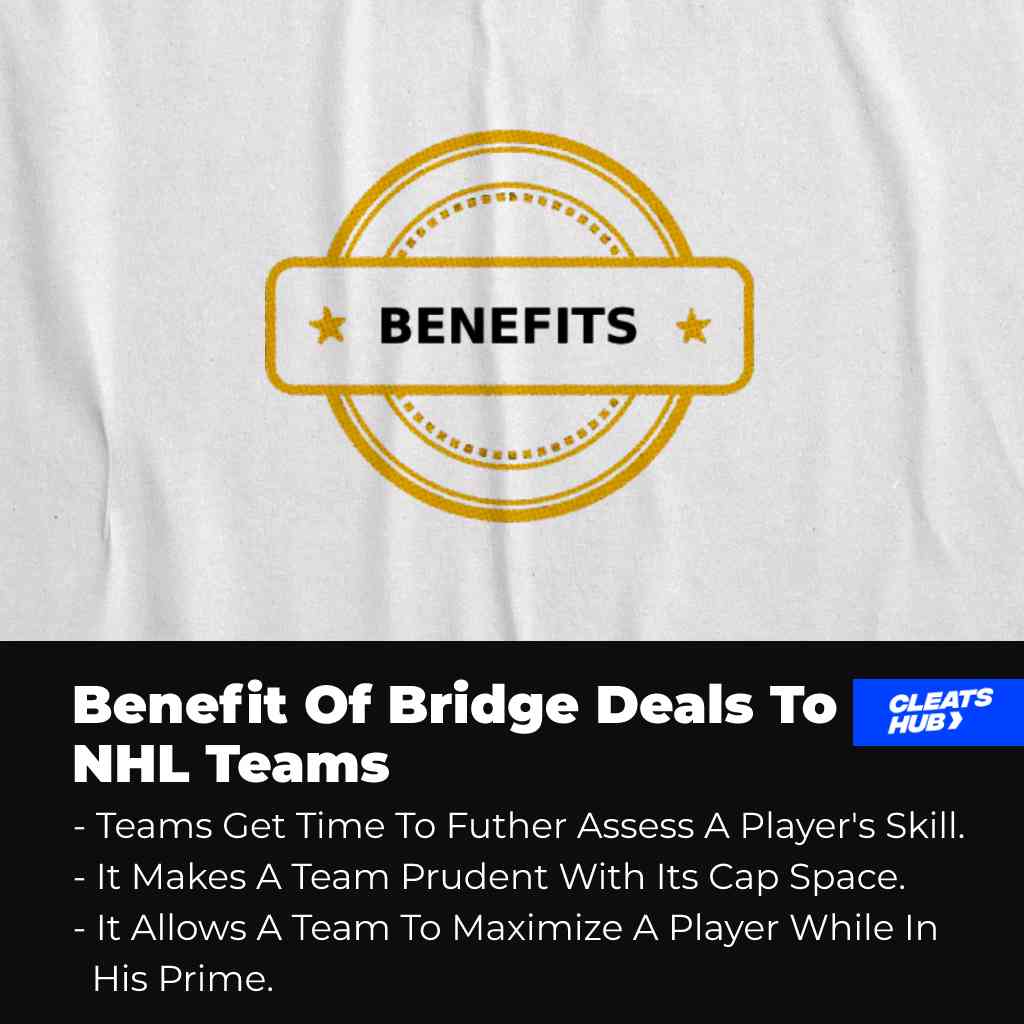
A bridge agreement offers a team ample time to evaluate a player’s worth before deciding if they see a future with that player. Bridge agreements enable short-term player assessment, preventing a team from spending a lot of money on a player they do not require. As a result, the team is careful with its cap space.
Bridge agreements also aid in keeping key players on a team. A bridge deal for a quality player may be the initial step for certain NHL clubs before a long-term (8-year contract) agreement is made.
This is carried out since the NHL mandated that a contract may not exceed eight years in length. The agreement may be extended after eight years. Bridge deals therefore guarantee that a player’s prime is used in a team.
An organization may, for instance, agree to a bridge agreement with a promising 24-year-old athlete on a three-year deal. After this, once the player becomes a UFA, he is given a six-year contract, thereby spending all his active years with the team.
Examples Of Bridge Deal Contracts In The NHL
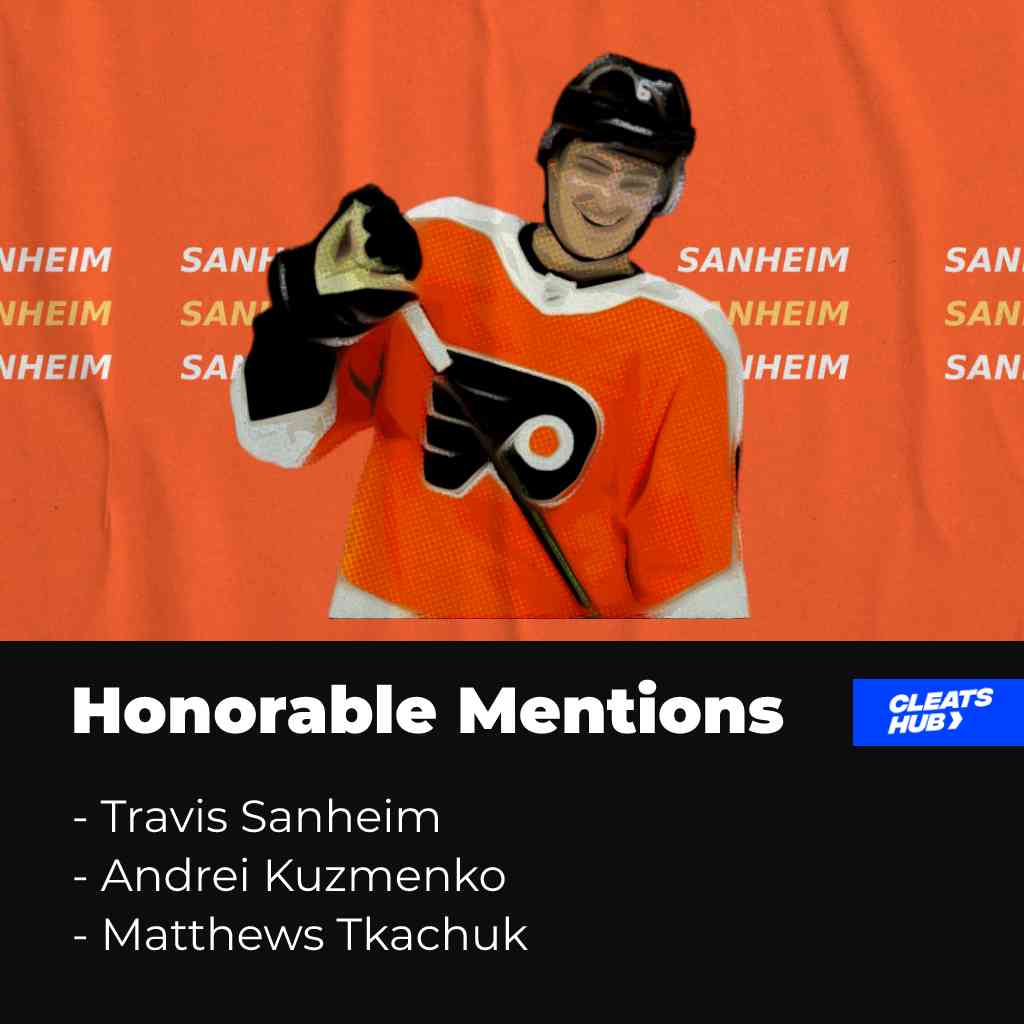
Travis Sanheim (Philadelphia flyers)
The Philadelphia Flyers inked a two-year bridge deal with an AVV of $6.5 million on July 24, 2019. The total value of the contracts is $3.25 million each year.
Sanheim was selected by the Philadelphia Flyers as their first-round selection in the 2014 draft, coming in at number 17. He received a bridge deal when his three-year ELC contract expired as a result of his success in the 2018–19 and prior seasons.
Andrei Kuzmenko (Vancouver Canucks)
Andrei Kuzmenko and the Vancouver Canucks agreed to a bridge contract worth $5.5 million annually. Entering the NHL as an undrafted player, he had to sign an entry-level contract for one year. The reason this was possible is because he wasn’t 27 years old.
Kuzmenko later signed a 2-year bridge agreement with the Vancouver Canucks after signing his entry-level contract. On January 26, 2023, a $11 million, two-year deal was agreed upon.
Matthew Tkachuk
The Calgary Flames and Mattew Tkachuk agreed to a three-year bridge contract with an annual cap charge of $7.5 million. However, the last year of Tkachuk’s bridge agreement specifies that he earns an actual salary of $9 million.
Conclusion
We have now reached the conclusion of the ice hockey bridge contracts. You should now be familiar with the idea of bridge deals as well as the advantages and benefits they offer to clubs and players.
Both clubs and players profit from bridge deals. It provides players a shot at a greater contract worth and prevents organizations from signing an unproductive contract with a player who isn’t that excellent.
Yet ultimately, a player’s performance while on a bridge deal determines everything.
Thanks for reading.
Psstt…. The Top Performing Cleats


